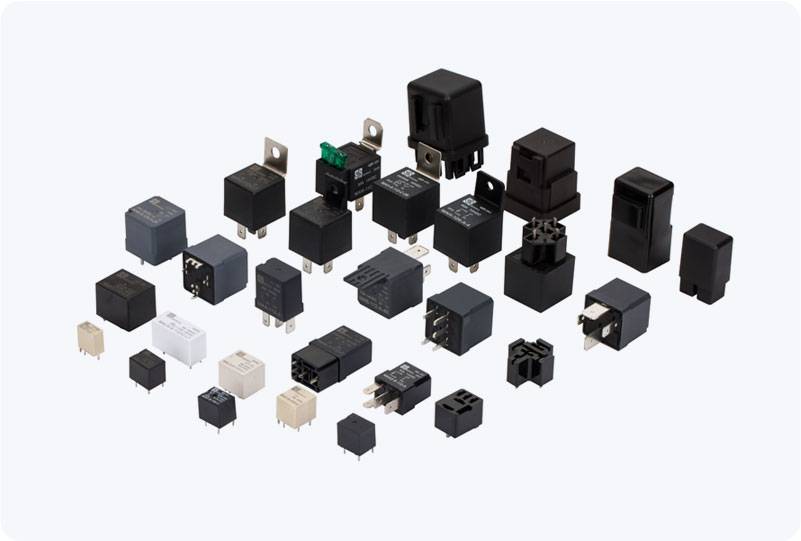The reliability and safety of electrical power systems depend on a variety of protection mechanisms, one of the most important of which is the High Voltage Distribution Relay. This vital component is designed to monitor, protect, and control high-voltage distribution networks. These relays play a critical role in preventing system failures, minimizing the risk of equipment damage, and ensuring the stability of electrical power systems. In this article, we will explore the key features, functions, and significance of High Voltage Distribution Relays in modern power distribution networks.

What is a High Voltage Distribution Relay? A High Voltage Distribution Relay is a protective device installed in high-voltage distribution systems, typically found in substations and distribution networks. These relays are designed to detect electrical faults such as short circuits, overloads, and voltage imbalances. Upon identifying an issue, the relay acts by quickly disconnecting the faulty section of the network, thus preventing the fault from spreading further and affecting other parts of the grid. The primary objective is to protect both the equipment and the personnel working with or around the power distribution system.